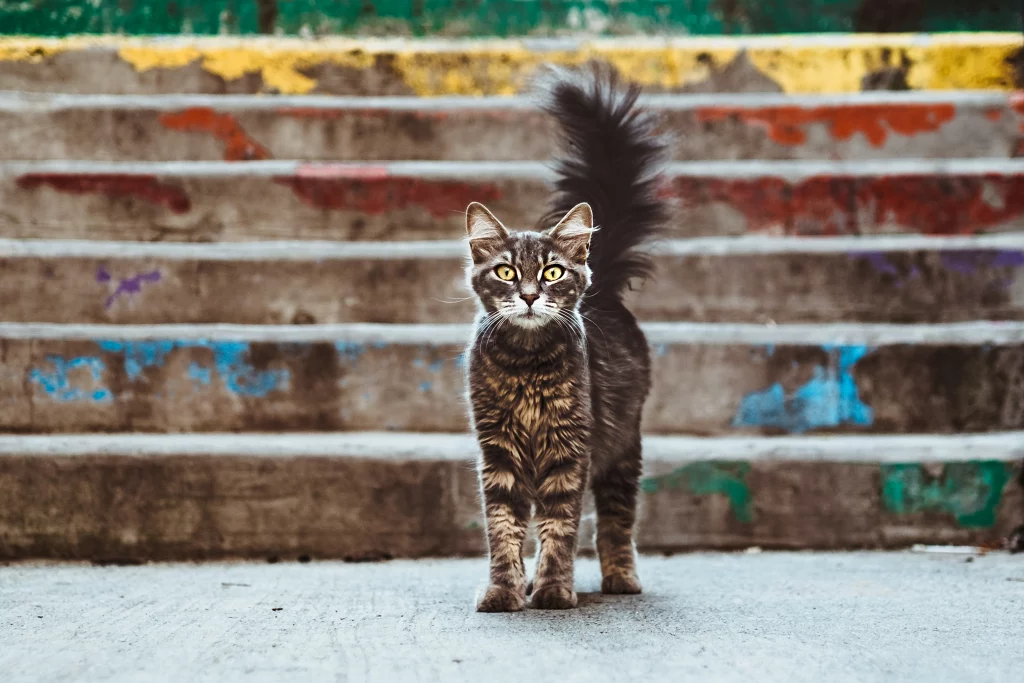10 Myths Uncovered About Wild Cats.
We all must have heard about Wild Cats that they are dangerous than the normal domestic cats that we usually brought to our homes.
But we don’t know the actual characteristics of the wild cats that how they are beneficial and dangerous as compared to our pet cats.
The characteristics and nature of any animal depends upon its genes and the adaptations of the environment in which they are living.
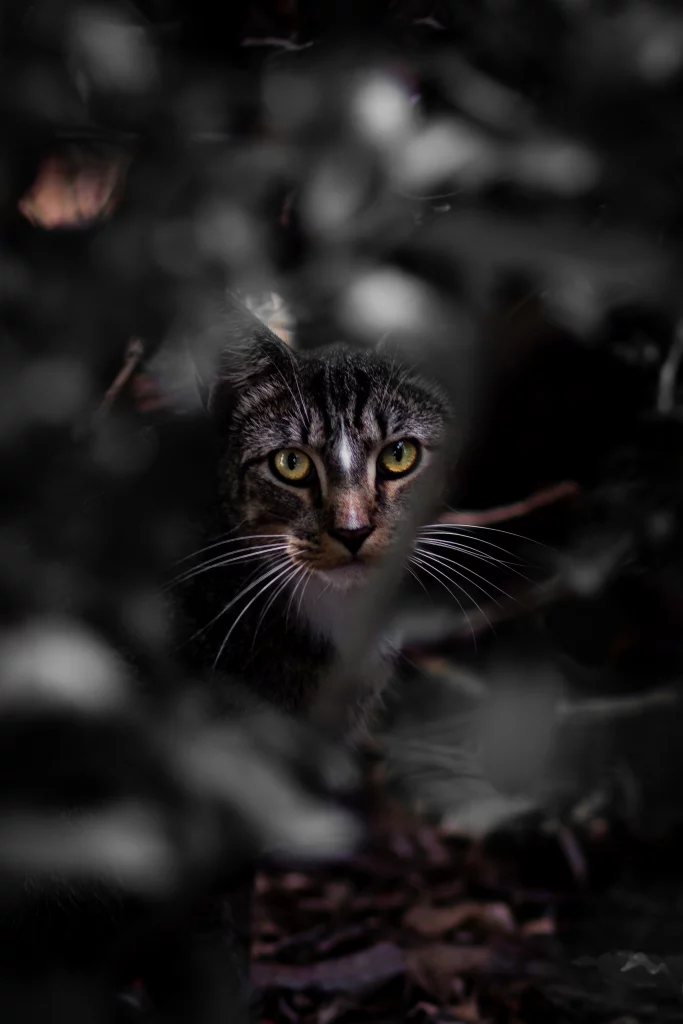
Let’s discuss about 10 amazing facts about the wild cats that will make you able to differentiate between the wild cats and the domestic cats.
1. Physical Appearance of Wild Cats.
A wild cat has a strong, muscular, flexible, robust and stylized body. They are usually grey brown in color and black stripes over the whole body in a well-defined pattern. They have long legs and are (5-120cm) in the height.
They can be weighed up to 8 kilograms and have a long bushy tail. They usually have long ears and medium sized hairs on their body.
2. Solitary and Peaceful behavior.
Wild cats usually like to live in solitude and a peaceful environment. That’s why they are not dangerous all the time and the people like to take them home as their pet cats.
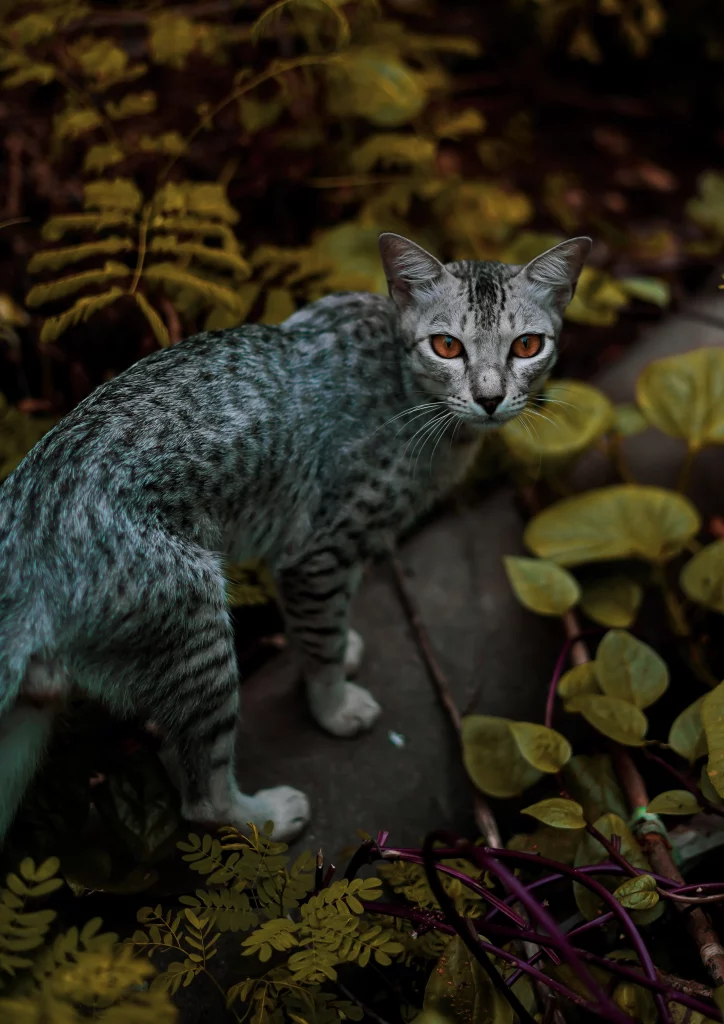
But they become aggressive when they are being threatened of hunting. They usually like to live in their territory where they grew up that’s they doesn’t hesitate to attack when it comes to their territorial shifting.
3. Adaptable to the environment.
They hunt the other small animals for their food usually in the night except winter when they prefer to re-adapt like domestic animals. They are adaptable to the environment.
That’s the reason, people adapt them as their pet animals but you should be careful because they can be aggressive at any time and are not like the domestic cats.
4. Hunting for Food.
As the name shows that they live in the forests so they have to hunt for their food daily. They usually feed on the prey they hunt which can rabbits, rodents and other small animals like them.
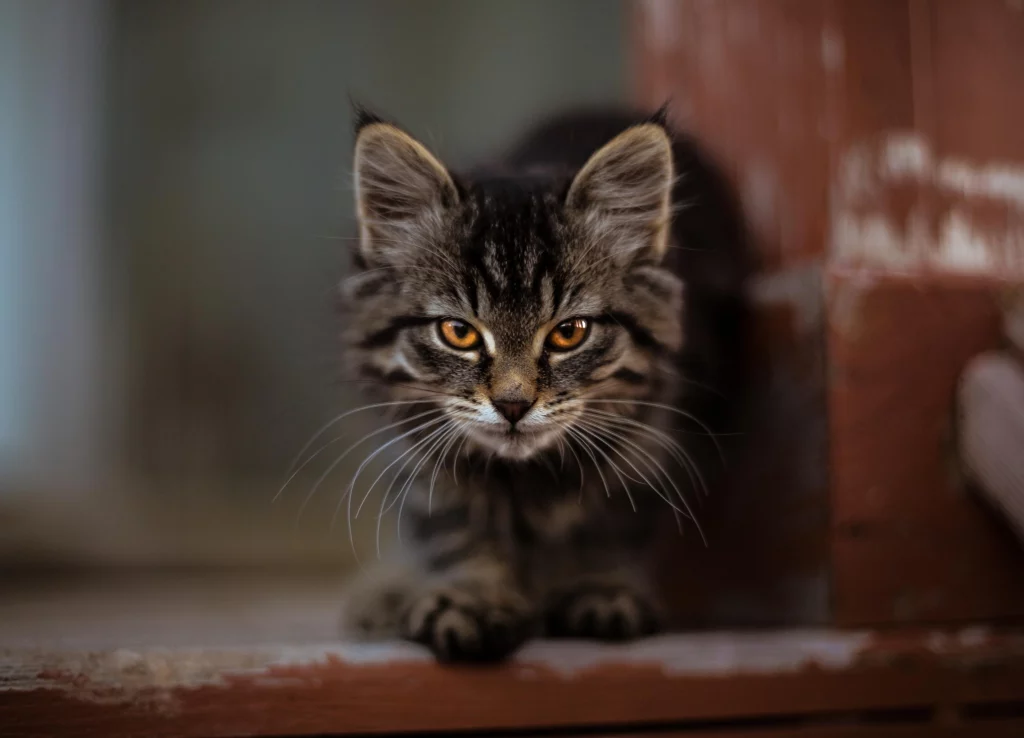
They can also become scavengers, means that they feed on the remains of the other animals when the scarcity of food occurs. They usually do their hunting in night.
5. Lifespan of Wild Cats.
They are life span is not fixed as it varies from species to species and depend upon the environment in which they are living.
But a normal life span of them ranges from (6 to 16 years). They become mature within (304 days) of their birth.
6. Reproductive Cycle.
The reproductive cycle of a female cat is divided into many phases. Their estrus period ranges from (60 to 70) days including gestation and it usually occurs in February to March.
Mostly these cats give birth to (3 to 4) baby cats in April to May. The females are answerable for the posterity care, until cats are around 9 months old enough.
7. Health of Wild Cats.
Although we have studied that wild cats are very strong and adaptable to the environmental conditions but they can also become victims of different diseases such as coronavirus, leukemia and parasite-related diseases when they feed on the prey which was not healthy.

They can also be got injured like other domestic animals and recommend you to call the wild recovery center near you. Moreover the death of wild cats can also occurs during the fight with their prey and may be because of some natural infections. Cats usually land on their feet and in this process they can also harm themselves when they jump from height.
8. Training the Wild Cats.
Whenever we buy a pet animal, we usually think about training it. The question arises in our about cats that can we train them? Well it is quite easy for the domestic cats to train them as compared to the wild cats because of their aggressive behavior they shows sometimes.
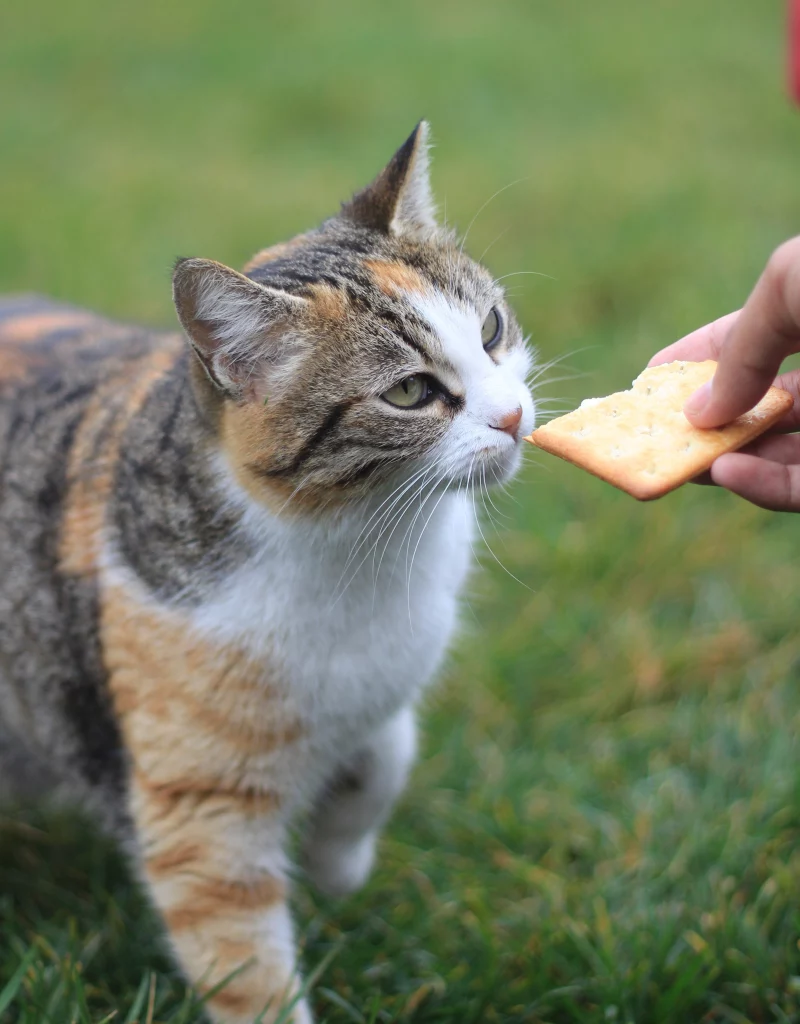
But with the passage of time they also become adopt to the environment and we can train them and we can make strong between them and our family.
9. Cat’s Communication.
Cats communicates with us usually in a complex way of moving their body parts mostly the tails. Usually she keeps her tail position high when she becomes confident and committed.
And the low position of her tail shows that she is in stress and ill confident. When his tail becomes curve like, it means she is giving you signal she is in a playful mood. Swishing motion of your cat shows that she is focusing on some object.
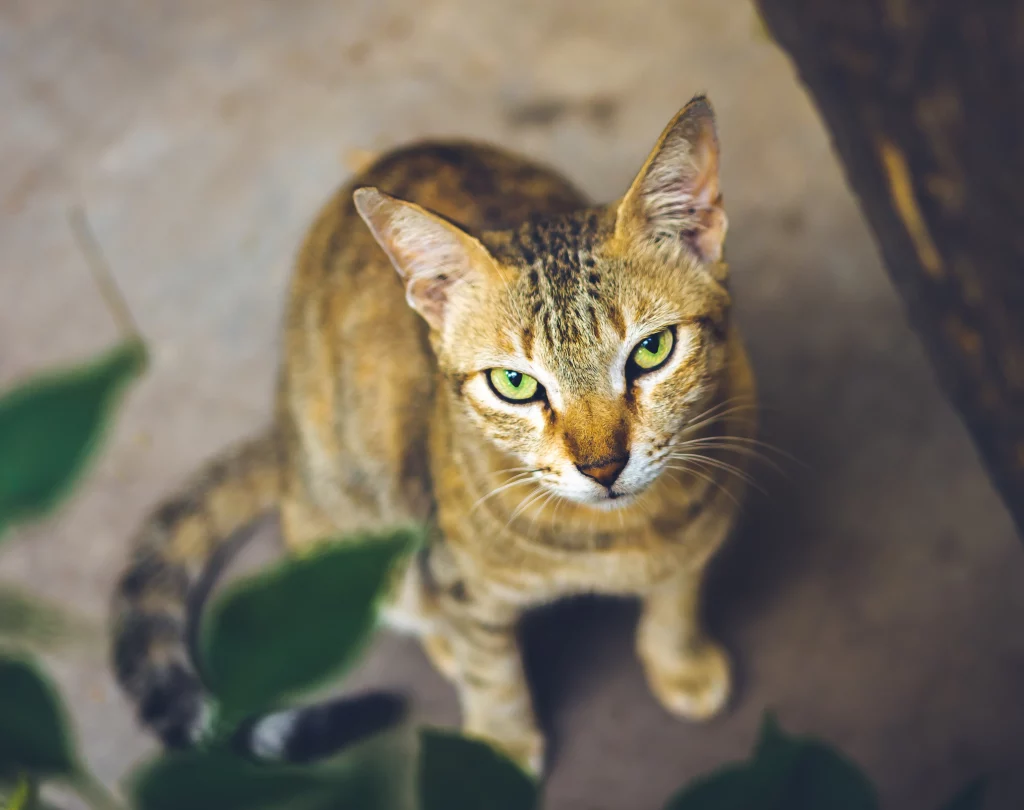
10. Extinction of wild cats species.
Wild cats species are going to extinct with the passage of time as many Scottish wild cats are extinct. There many reasons behind their extinction including hunting, deforestation and many end parasites.
The main habitat of the wild cats is forests. As humans are cutting down the trees to make roads they are more available for hunting because there is no habitat available for them. Moreover they are also be in danger because of the attack of many end parasites.
